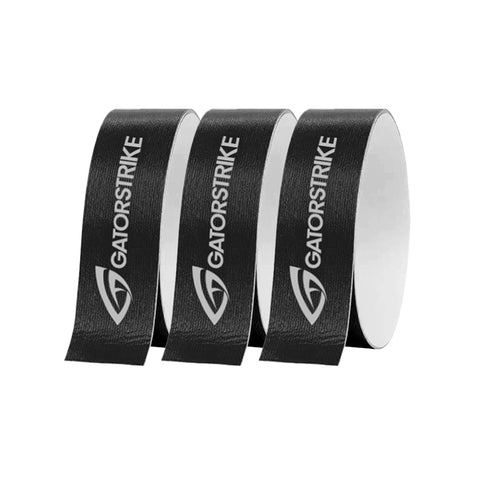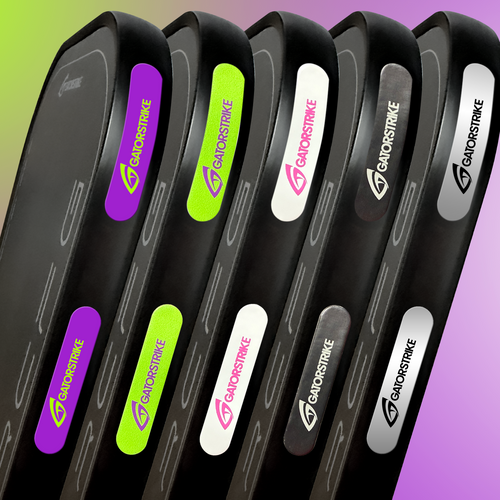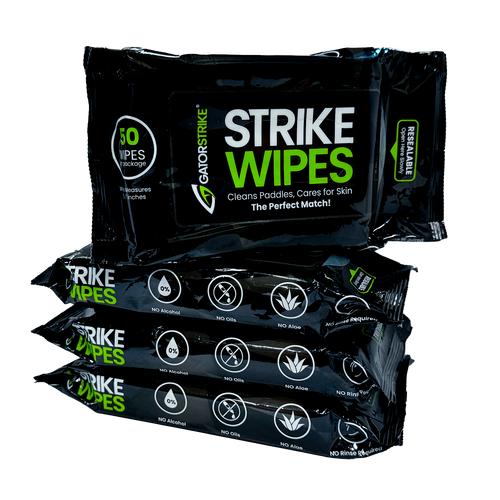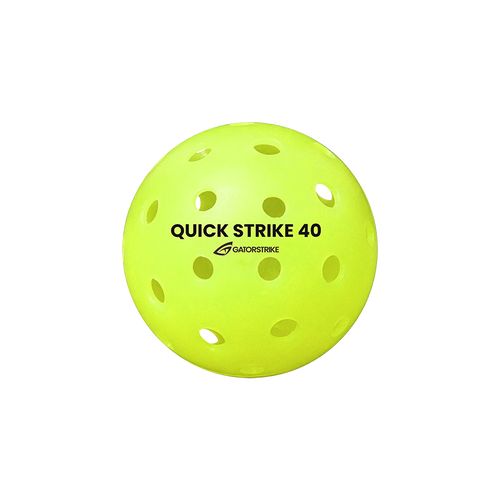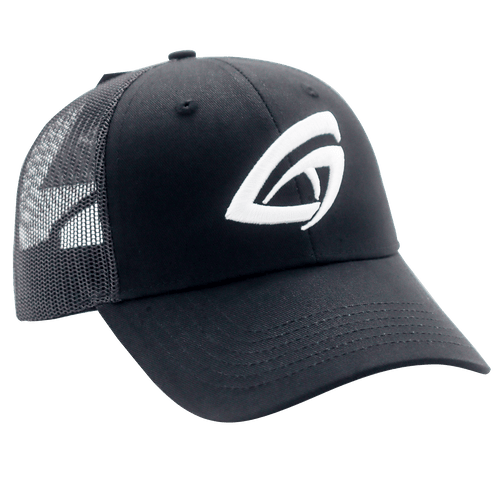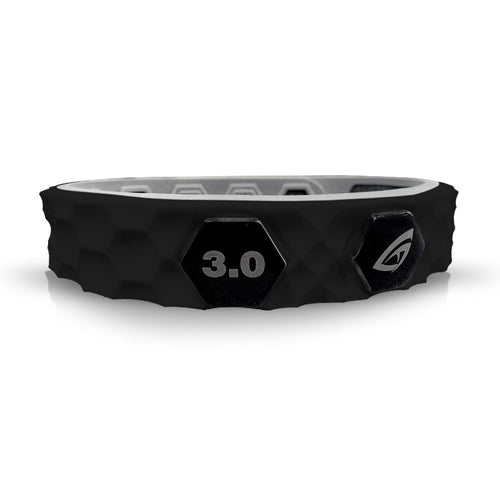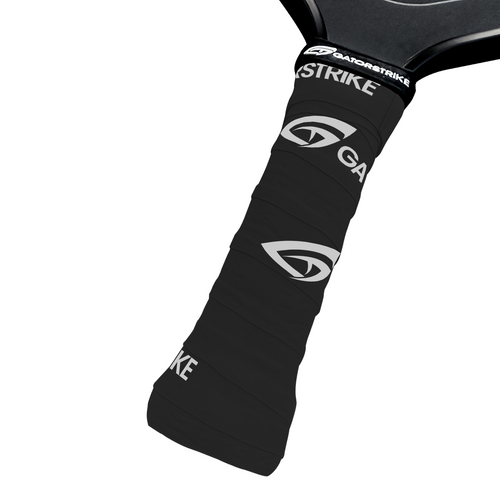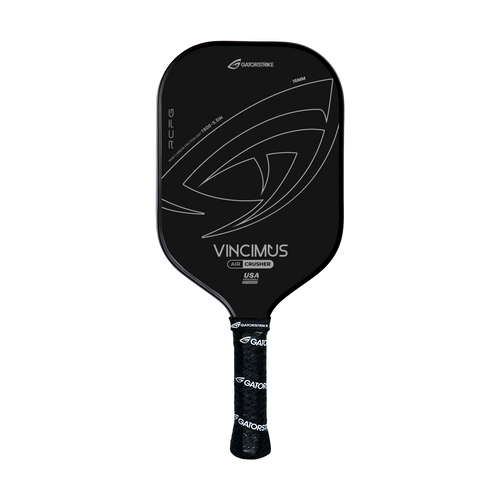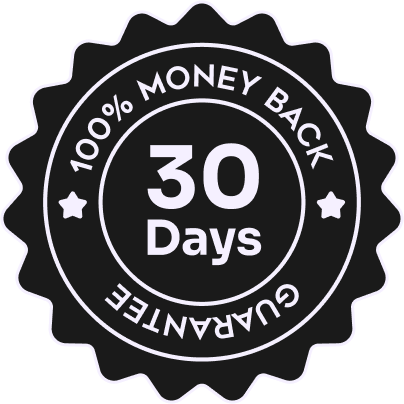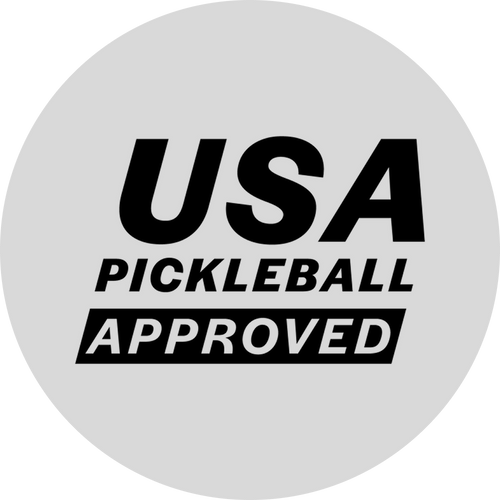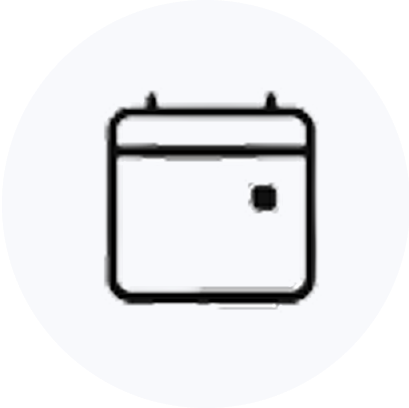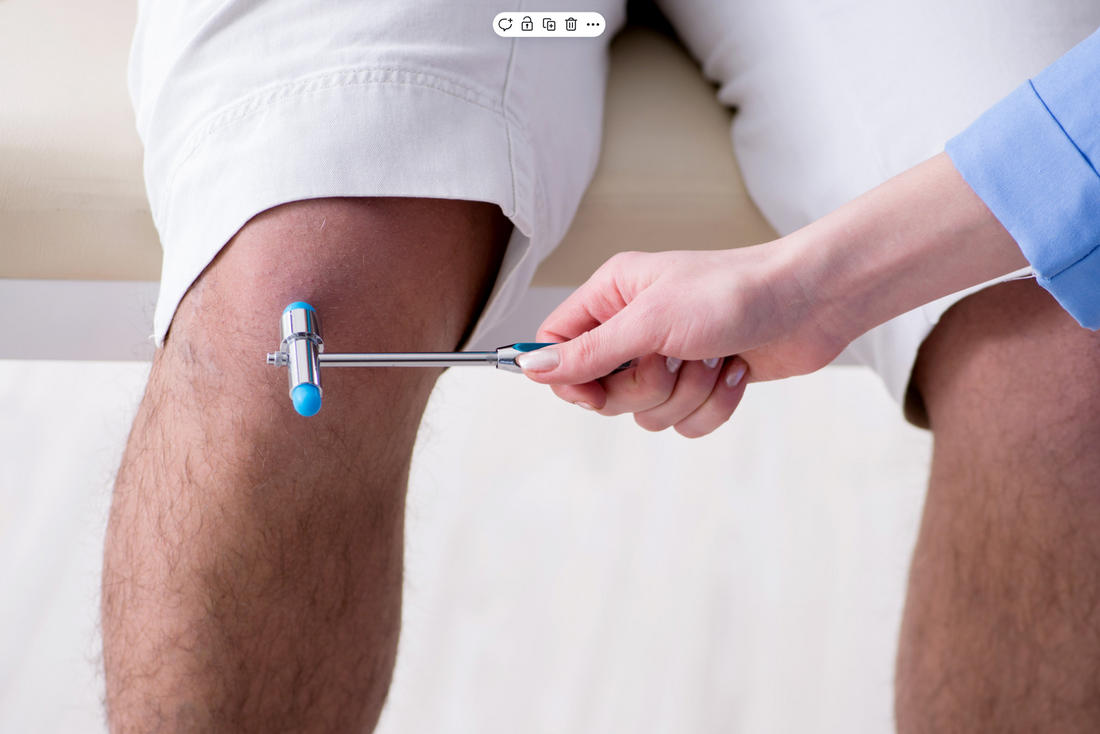
The Role of Reflexes in Pickleball: Training Your Reaction Time
Share
Pickleball is often described as a game of strategy, precision, and agility. However, one of the most overlooked yet crucial components of success on the court is reaction time. A fraction of a second can be the difference between a well-placed return and a missed opportunity. Whether you’re fending off a blistering drive at the kitchen line or countering a surprise drop shot, having quick reflexes can give you a significant edge. In this article, we’ll explore the role of reflexes in pickleball, how they influence gameplay, and the best drills to enhance your reaction time.
Why Reflexes Matter in Pickleball
Pickleball is a fast-paced, dynamic sport that requires players to make split-second decisions. Unlike other racket sports, the court is smaller, meaning players have less time to react to incoming shots. Here’s why sharpening your reflexes can elevate your game:
1. Faster Volleys at the Net
The kitchen (non-volley zone) is where much of the action happens. At this range, there’s little time to anticipate an opponent’s shot, and being able to reflexively block or counter a volley is essential. Quick reaction time allows you to execute successful dinks, punch volleys, and resets without losing control.
2. Defending Against Hard-Hitting Bangers
Players who rely on power, known as "bangers," thrive on aggressive shots that force opponents into defensive positions. If your reflexes are sharp, you can neutralize their attacks with well-timed blocks, counters, and soft resets to regain control of the rally.
3. Returning Fast Serves and Third Shots
A strong serve or a powerful third-shot drive can put immediate pressure on the returner. Quick reflexes help you adjust your positioning, read the ball’s trajectory, and execute a precise return without getting caught off-guard.
4. Transitioning from Defense to Offense
When you're on the defensive, quick reflexes allow you to reset the point and move into an offensive position. Whether it’s reacting to a lob, a drop shot, or a sudden speed-up, a well-trained reaction time ensures you can stay in the rally and dictate the pace.
Training Drills to Improve Reflexes in Pickleball
Now that we understand why reflexes are critical, let’s dive into practical drills that will enhance your hand-eye coordination, reaction speed, and decision-making on the court.
1. Rapid-Fire Paddle Drills
How to do it:
- Stand about 5-7 feet from a partner or wall.
- Have your partner hit rapid shots toward you, varying the speed and placement.
- Focus on short, controlled movements to return the ball efficiently.
Benefit: This drill enhances your reflexive blocking and volley control, crucial for fast-paced exchanges.
2. Reaction Ball Training
How to do it:
- Use a reaction ball (a ball with irregular bounces) and drop it on a hard surface.
- React quickly to catch it before the second bounce.
- Try this drill with both hands to develop ambidextrous reflex control.
Benefit: Trains unpredictable reactions and improves overall hand speed and coordination.
3. Shadow Training with Fast Hands
How to do it:
- Stand in an athletic stance, holding your paddle at ready position.
- Have a partner call out random directions (left, right, up, down), and quickly mirror their calls with a paddle movement.
- Increase the speed over time.
Benefit: Builds anticipation skills and enhances your ability to adjust quickly to directional changes.
4. Ball Machine Reflex Drill
How to do it:
- Use a pickleball machine with variable speeds and spins.
- Set it to a higher speed to simulate fast-paced shots.
- Stand close to the net and practice quick volleys, resets, and defensive blocks.
Benefit: Improves quick decision-making and paddle reaction time in fast-paced scenarios.
5. Peripheral Vision Training
How to do it:
- Stand in front of a wall and focus on a central point while a partner tosses a ball into your peripheral vision.
- Try to react without directly looking at the ball.
- Incorporate hand-eye coordination by catching or deflecting the ball with your paddle.
Benefit: Expands court awareness, allowing you to react to opponents’ movements without staring at the ball.
Additional Tips for Faster Reflexes
✔ Stay in an Athletic Stance – Keeping a low, ready position ensures you’re prepared to react quickly.
✔ Strengthen Your Core and Legs – Stronger muscles help with explosive movements and balance.
✔ Improve Hand-Eye Coordination – Play reaction-based games like table tennis or racquetball to enhance coordination.
✔ Breathe and Relax – Tension slows reflexes. Stay calm and focused under pressure.
✔ Use Visualization Techniques – Mentally rehearse quick exchanges to develop muscle memory.
Conclusion
In pickleball, speed and precision go hand in hand, and sharpening your reflexes can drastically improve your ability to control the pace of the game. By integrating reaction drills, hand-eye coordination exercises, and mental focus techniques, you can transform yourself into a player who is always one step ahead.
So, whether you’re facing off against a hard-hitting banger or engaged in a lightning-fast volley battle at the net, your lightning-fast reflexes will be the key to staying competitive and dominating the court.
Start training today, and watch your reaction time—and your game—reach new heights! 🚀

